This year, inspired by a friend on Instagram, I’ve made a personalized Bingo card for myself. The squares feature travel adventures, home improvements, creative challenges, and other things I hope to do. So far this year, the items I’ve completed on my “Sar-ingo” card include auditioning for a play, planning an epic day with my gal pals, creating a piece of art for our house, visiting a memorial for a tragedy that occurred within my lifetime, and most recently, traveling to Salem, Massachusetts.
My first visit to Salem happened after my freshmen year college, well over twenty years ago now, and I don’t remember much from that trip other than my friends and I opting out visiting the house museum of the author of The Crucible, Nathaniel Hawthorne, because we thought the admission price was too steep. This time, I ponied up the $25 to learn more about Hawthorne and the house that inspired one of his other novels, The House of Seven Gables. I also visited the Salem Witch Trials Memorial, strolled around the Charter Street Cemetery, and enjoyed lunch at Turner’s Seafood.
Here’s some of what I saw and learned.
Nathaniel Hawthorne added a “w” to the spelling of his last name in order to distance himself from the legacy of his family, especially Justice John Hathorne, an ancestor who was involved in the Salem witch trials (1692-1693) and is referred to as “The Hanging Judge.”
At the time Nathaniel Hawthorne would have visited the house that inspired The House of Seven Gables, the number of gables on the home had been reduced from seven to four. The house was later restored to feature seven gables by Caroline Emmerton, a preservationist and philanthropist who helmed the restoration and made the structure a settlement house (a home for social workers who served the nearby community)

One building I remembered from my first visit to Salem was the Custom House where Nathaniel Hawthorne worked. What I’d forgotten, though, was the beautiful view of the water on the opposite side of the street. You can almost imagine the ships arriving in the 18th and 19th centuries, loaded with goods from afar.

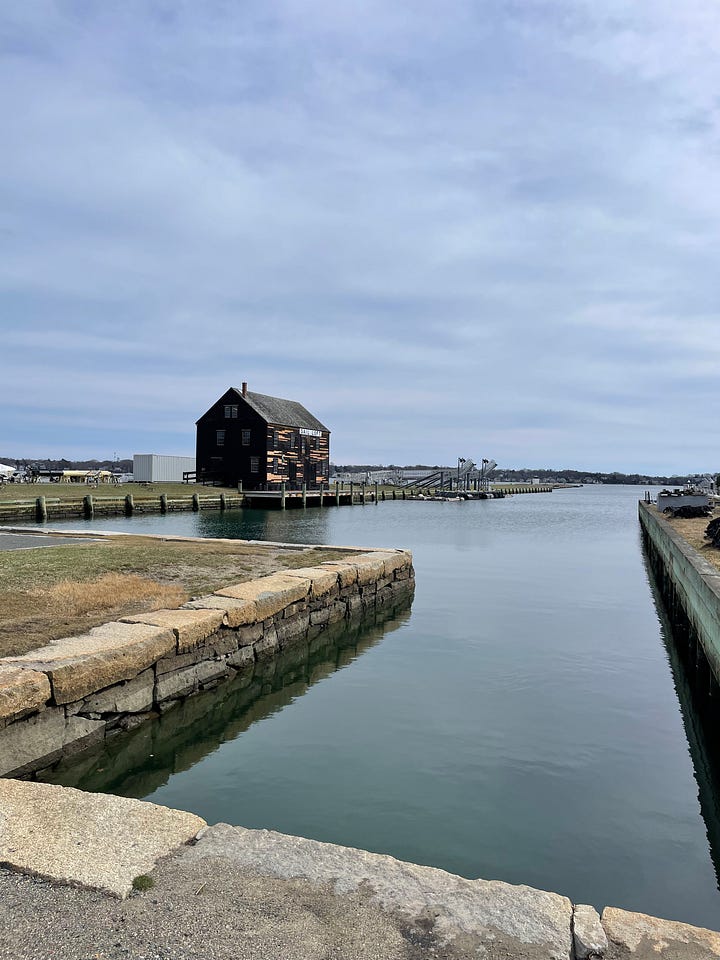
Salem Maritime National Historic Site. The memorial to the victims of the Salem with trials was more understated than I expected, a wooded plaza next to the Charter Street Cemetery where benches emerge from the stone walls. Each bench is etched with the name of a victim, their date of death, and the mode by which they were executed.
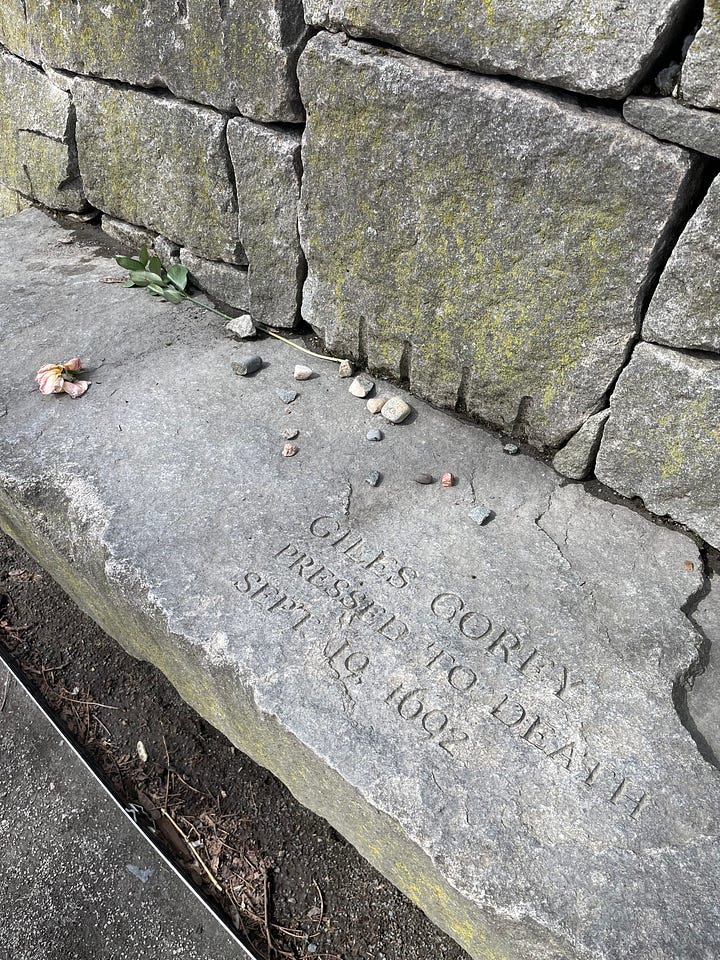
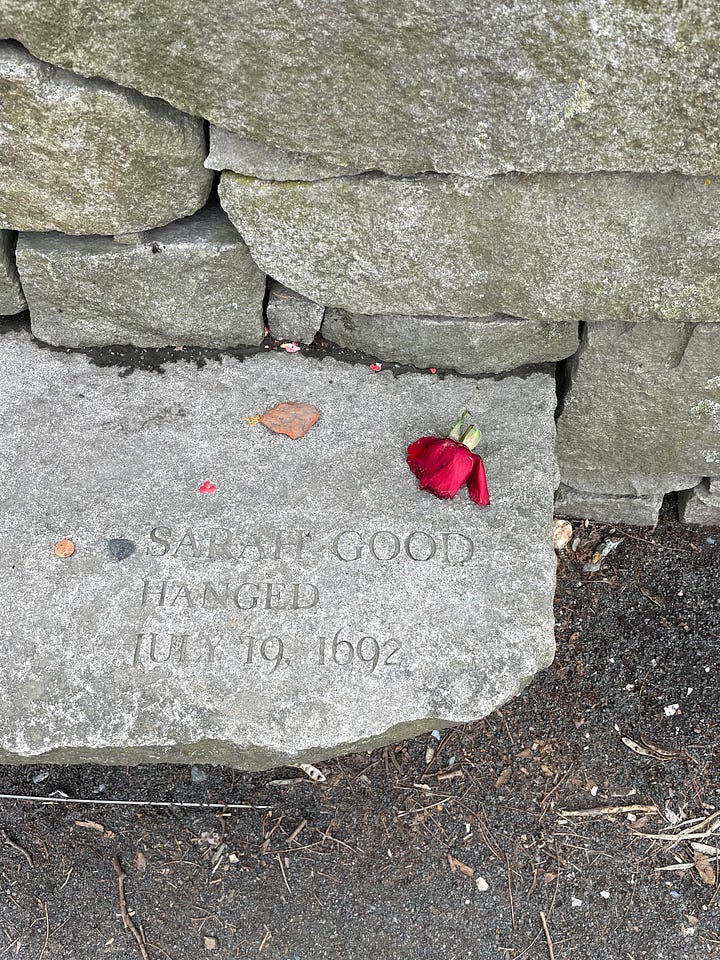
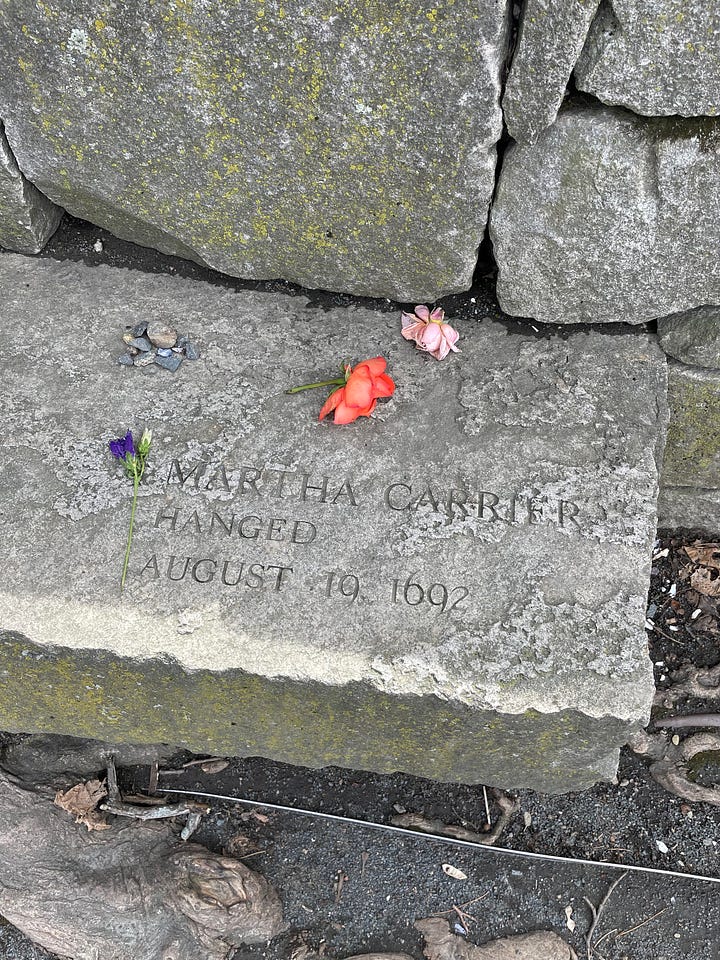
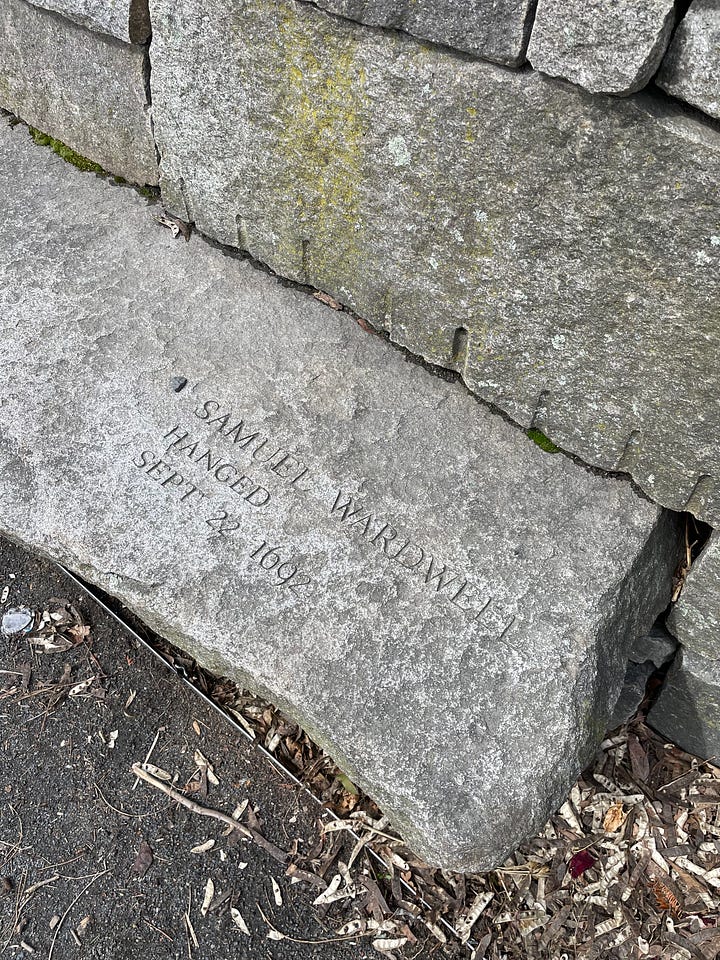
Salem Witch Trials Memorial Charter Street Cemetery was established before 1637 and is one of the oldest colonial burial sites in the country. The graves there featured a wide range of one of my favorite funerary motifs, an urn and a weeping willow. According to Douglas Keister’s Stories in Stone: A Field Guide to Cemetery Symbolism and Iconography, this urn-willow configuration was very popular in the late 18th and early 19th centuries. Since cremation was not popular at the time, urns were not used to hold remains but were used decoratively on gravestones in a nod to ancient funerary traditions. The weeping willow evokes grief and sorrow, but also, according to Keister, “it is associated with the gospel of Christ because the tree will flourish and remain whole no matter how many branches are cut off.”1

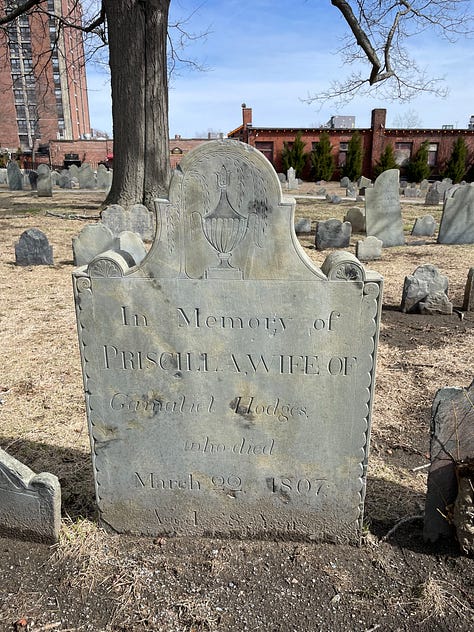
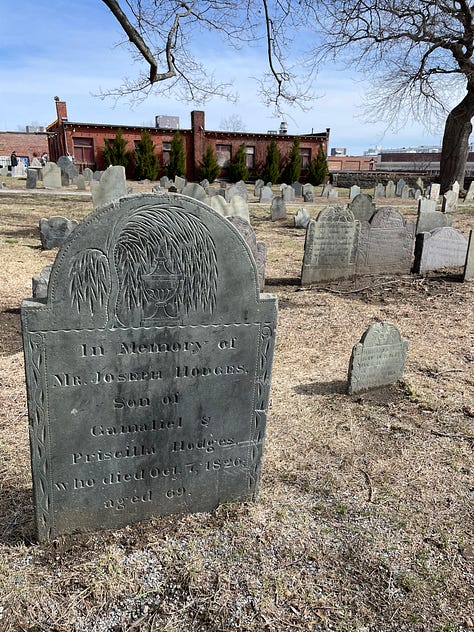
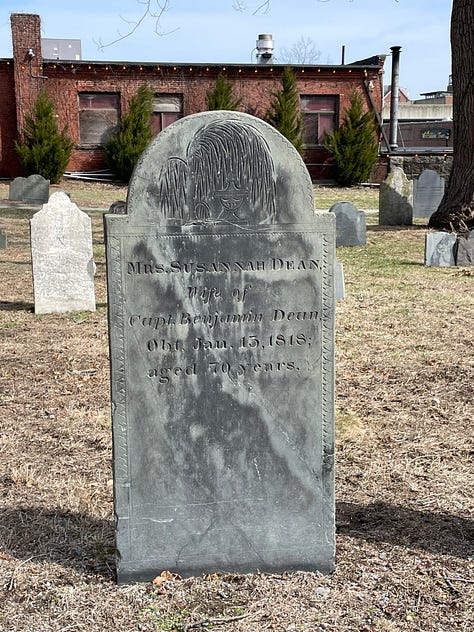
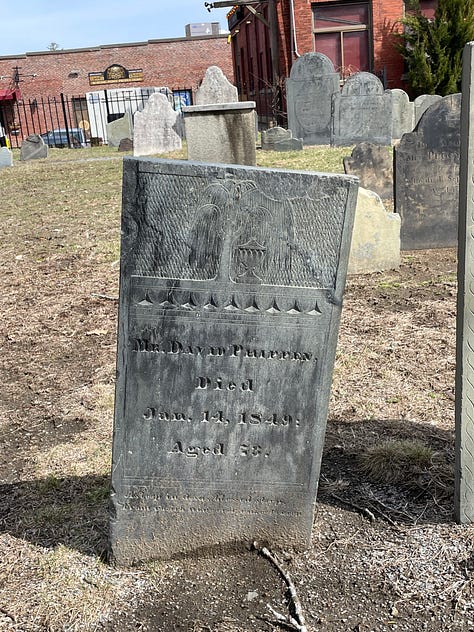

Graves featuring an urn and weeping willow at the Charter Street Cemetery in Salem, Massachusetts. It was a solo trip, and for lunch, I ate alone at the bar at Turner’s Seafood. The restaurant’s location in Lyceum Hall is supposed to be one of the most haunted in Salem, but I did not encounter anything spooky, only enjoyed a very tasty lunch of New England clam chowder and a crab cake served atop a Caesar salad.
Have you been to Salem? What were your favorite sites?
Keister, Douglas. April 5, 2004. Stories in Stone: A Field Guide to Cemetery and Iconography. Gibbs Smith.





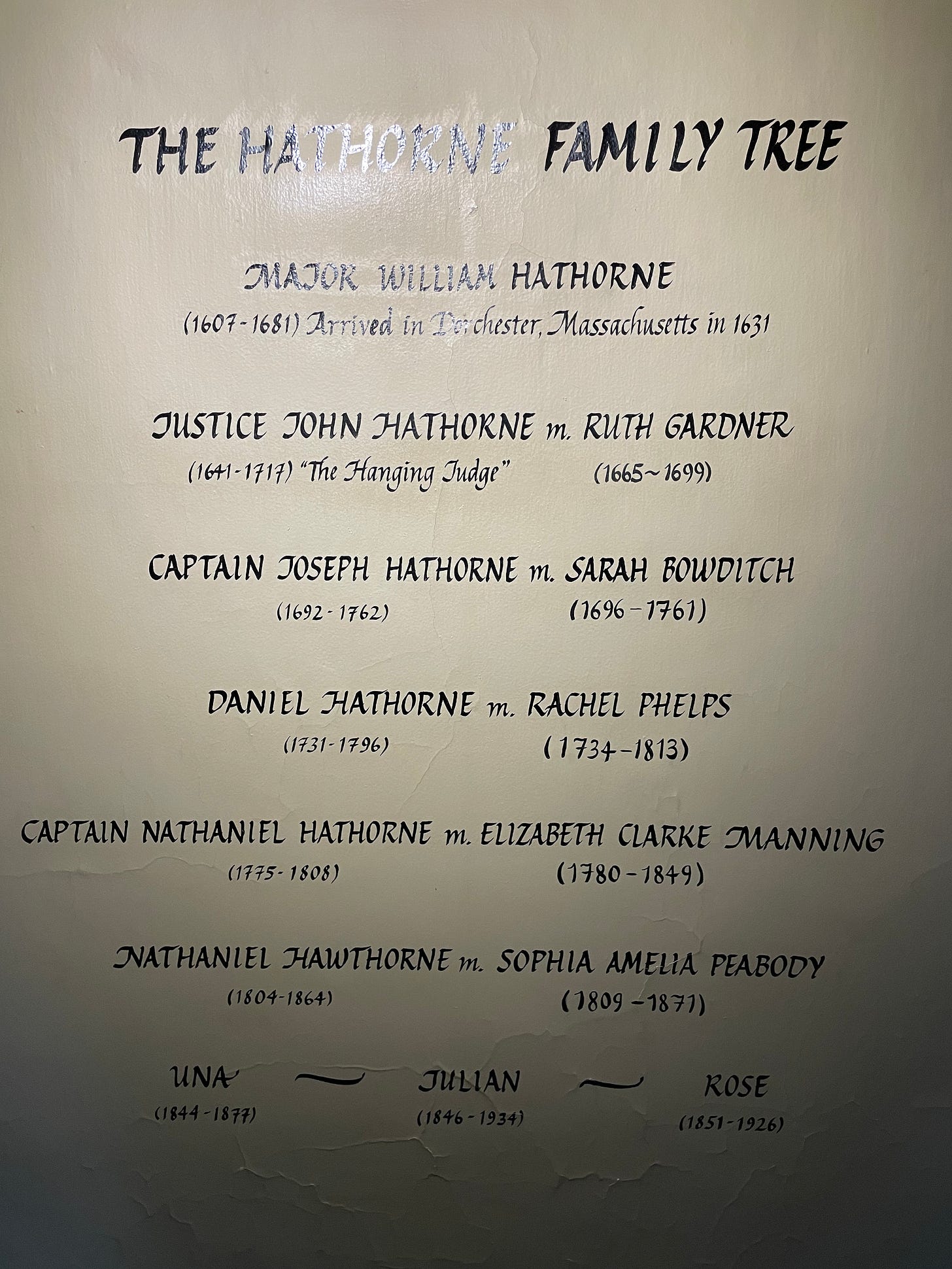
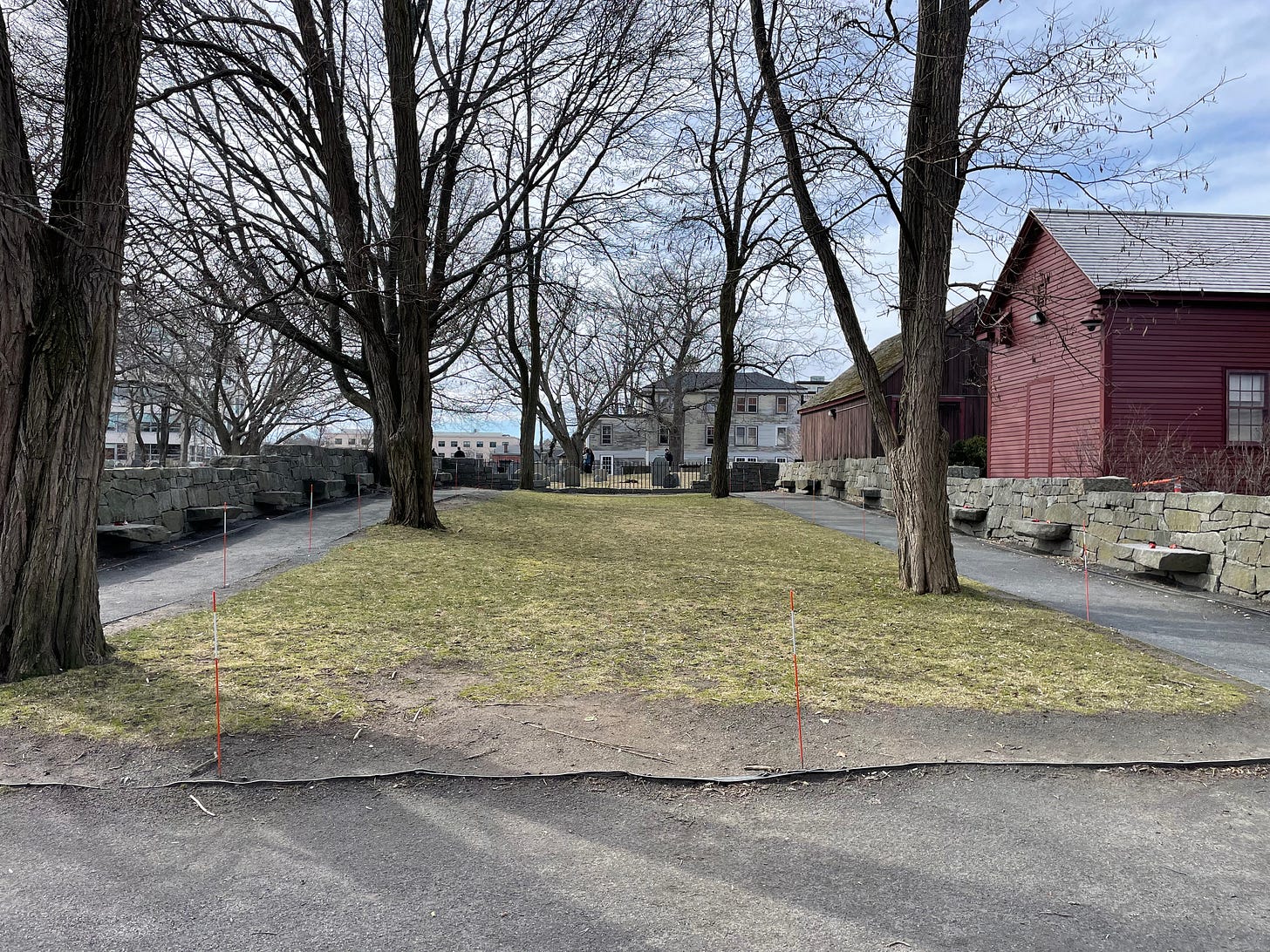
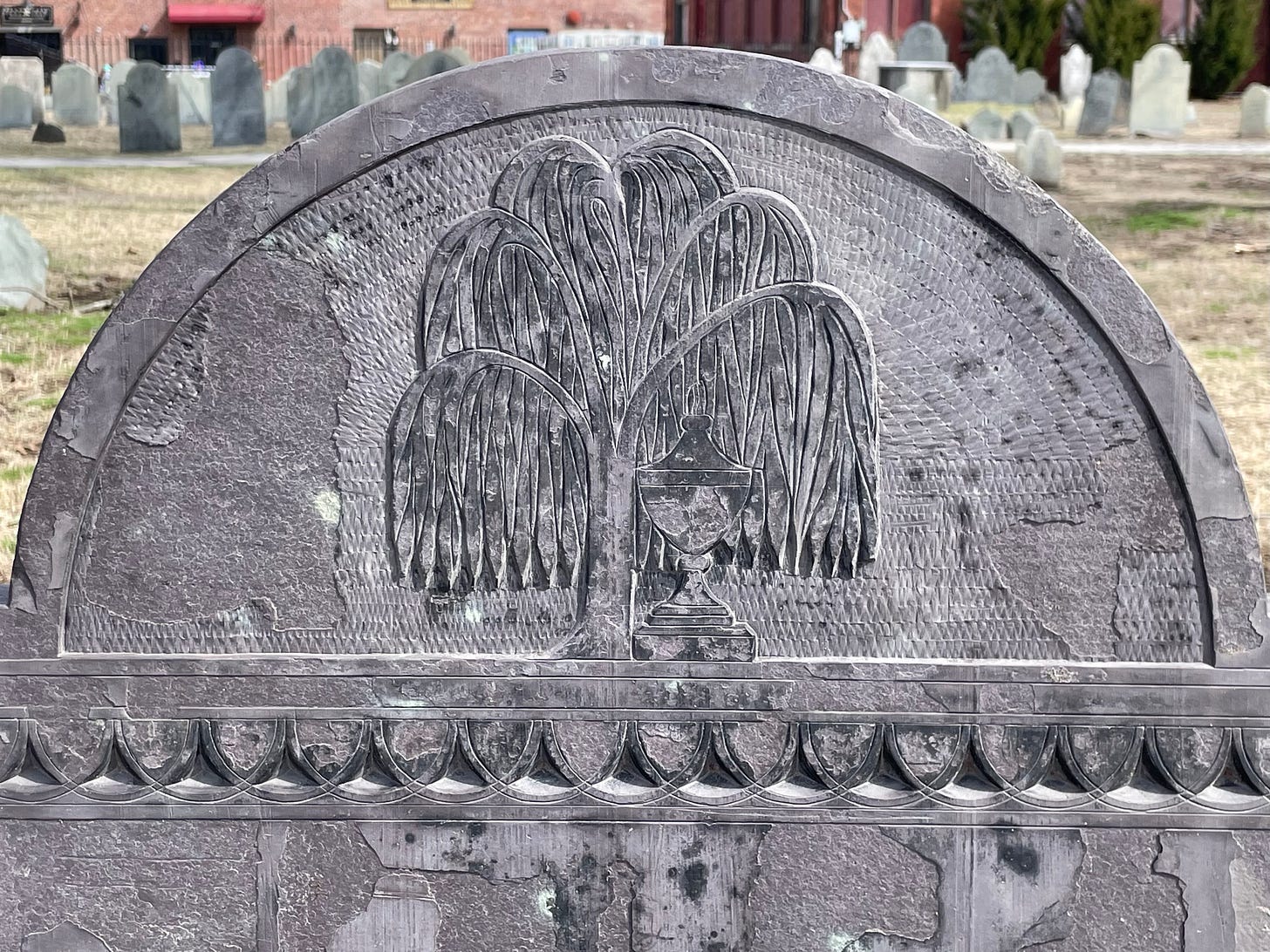

I lived in Salem from 2000-2001, before it began its transformation into a hip little city. Back then there wasn't much in the way of nightlife or dining, mostly dive bars where Salem State students would go to drink and dance. The Peabody Essex Museum is a real gem, and it also plays host to the Mass Poetry Festival every other year, which is a lovely thing indeed.
I visited Salem about 15 years ago and toured the Peabody Essex. The one thing I remember was a painting by the artist Samuel Walters. Although there are more famous artists of this genre, none compare to how Walters could paint the canvas sails, so perfectly.